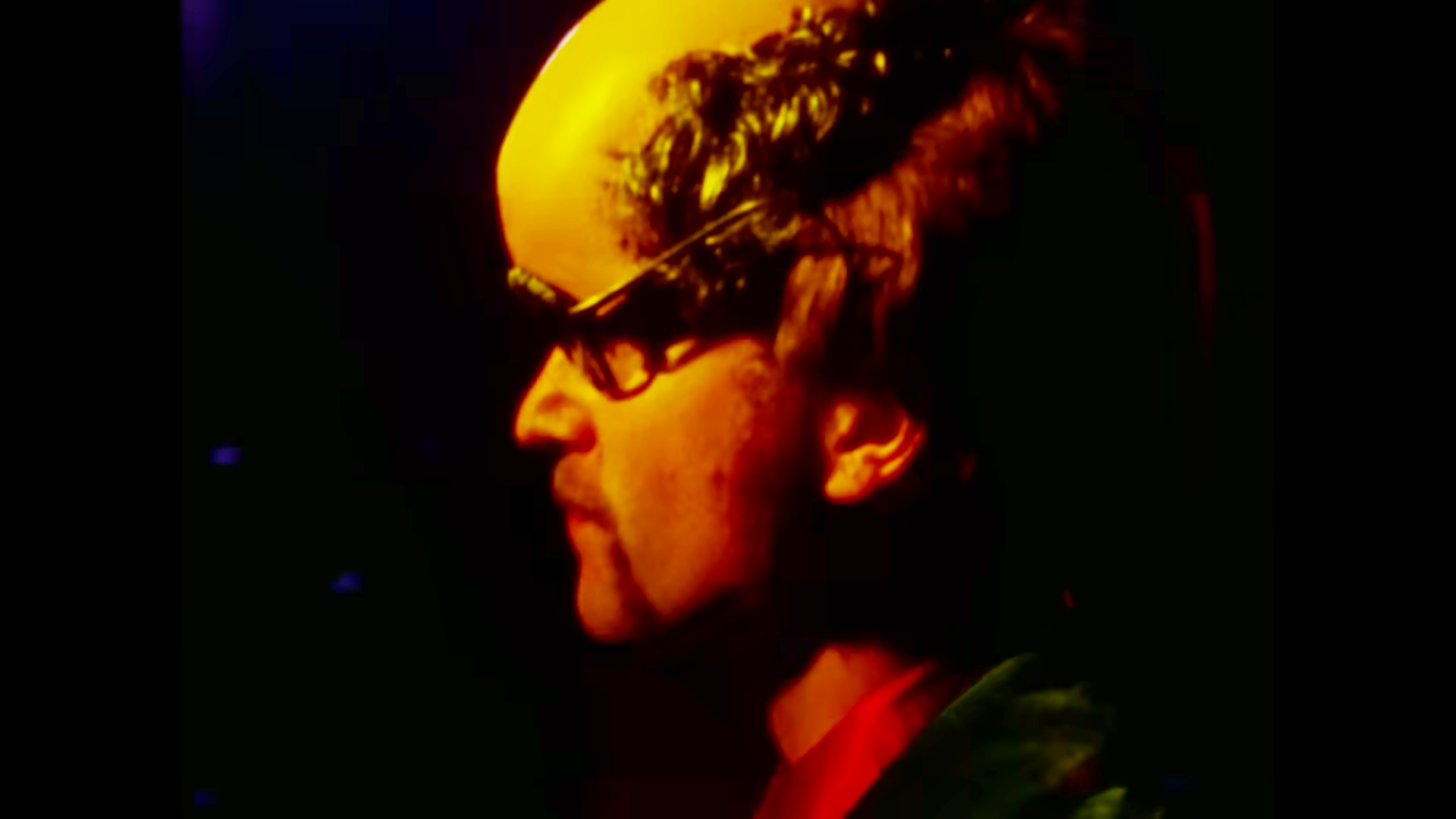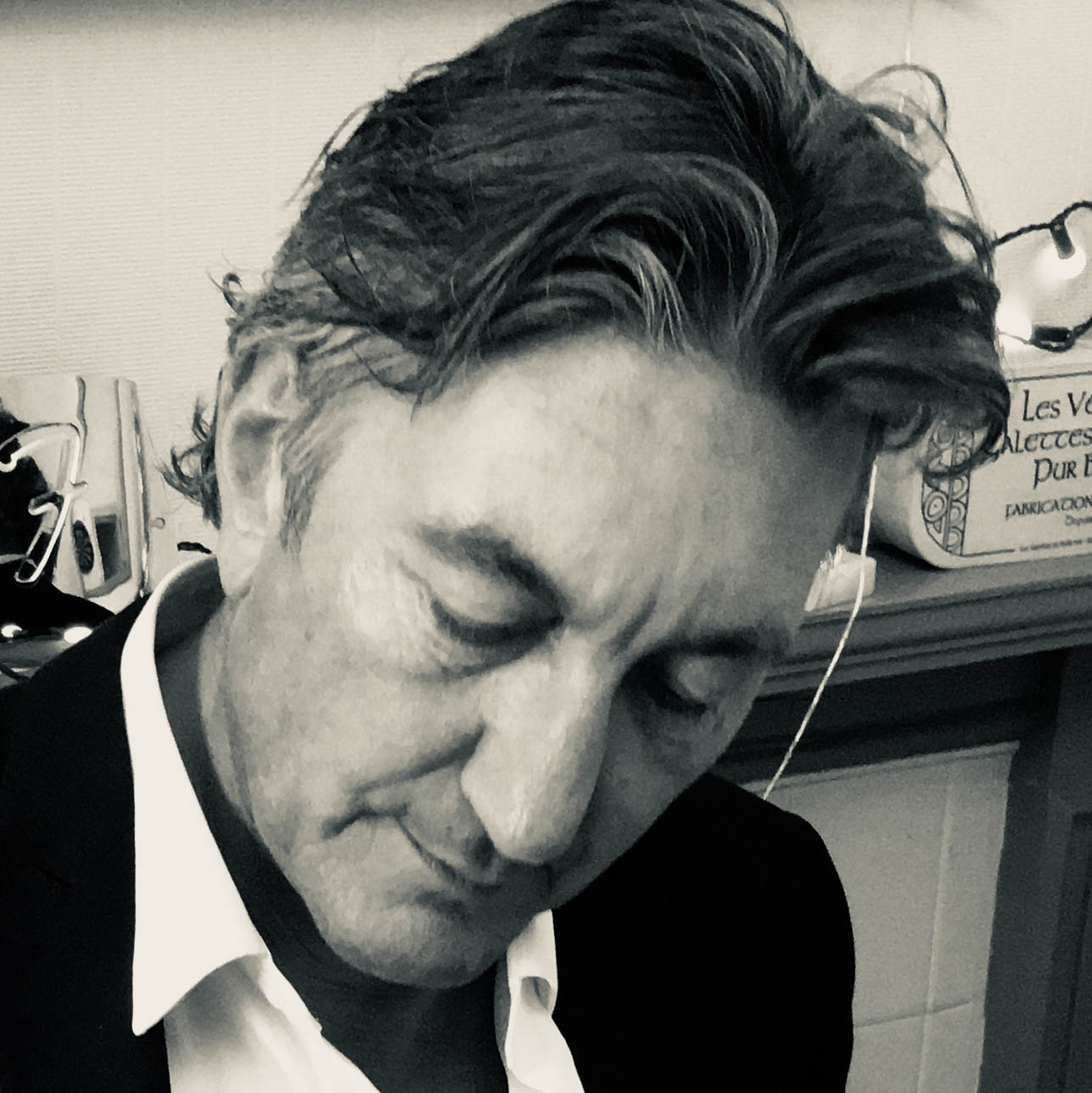“John said, ‘I don’t know where to go from here.’ So Paul said, ‘Well, I’ve got this other song I’ve been working on.’ They joined the two bits together to make one song”: The story of the greatest thing The Beatles ever recorded
How Sgt. Pepper's epic finale was created

On the morning of Thursday 19 January 1967, the four members of The Beatles arrived at Studio One of EMI Studios Abbey Road to record the song that is now regarded by many as the greatest composition they ever created.
The song was A Day In A Life, a magisterial and mind-blowing achievement that was unlike anything that had gone before.
It was chosen as the closing track on the Sgt. Pepper’s Lonely Hearts Club Band album – it had to be, nothing else could follow it – and when the final gargantuan E major piano chord crescendo is played simultaneously by Lennon, McCartney, Ringo Starr and roadie Mal Evans (along with producer George Martin on harmonium), it marks an emotive and iconic closure to one of the most momentous songs in recording history.
In many ways, the creation of A Day In The Life is two wholly separate yet intertwined stories: the writing of the song and the arduous technical challenges that had to be overcome to realise it.
It was the morning of 18 December, 1966 when John Lennon reportedly sat down at the piano at his home Kenwood, in Surrey, after reading two articles in The Daily Mail that would inspire the lyrics for A Day In The Life.
The first was about Tara Browne, a 21-year-old millionaire playboy and a friend of Paul McCartney’s, who had been killed in a car crash after driving his Lotus Elan through a red light in South Kensington and crashing into a stationary van.
As Lennon began to construct a chord sequence, the lines began to form. “He blew his mind out in a car/He didn't notice that the lights had changed/A crowd of people stood and stared…”
Want all the hottest music and gear news, reviews, deals, features and more, direct to your inbox? Sign up here.
The next story that caught Lennon’s attention was a piece about potholes.
“I was writing the song with the Daily Mail propped up in front of me on the piano,” recalled Lennon in 1967, ”There was a paragraph about 4,000 holes in Blackburn, Lancashire, being discovered.”
By mid-January, the melody and most of the lyrics were written, and Lennon went to McCartney’s house in Cavendish Avenue, St John’s Wood to present the song to him.
In his book The Lyrics, McCartney recalls that the song’s opening lines were actually a joint effort. It was also McCartney who contributed the song’s pivotal line, “I’d love to turn you on”.
“Paul and I were definitely working together, especially on A Day In The Life,” Lennon told Jann Wenner, founding editor of Rolling Stone, in 1970.
Lennon continued: “The way we wrote a lot of the time: you'd write the good bit, the part that was easy, like ‘I read the news today’ or whatever it was, then when you got stuck or whenever it got hard, instead of carrying on, you just drop it; then we would meet each other, and I would sing half, and he would be inspired to write the next bit and vice versa.”
When Lennon first sang A Day In The Life to the band in the studio, they wanted to record the track immediately.
At that point, the song had the working title of ‘In The Life Of …’ and it featured Lennon on piano, McCartney on Hammond organ, George Harrison on acoustic guitar and Ringo Starr on congas.
They taped four takes of the rhythm track, at which point Lennon switched to acoustic guitar, while McCartney was on piano and Harrison was on maracas.
Despite swift progress, there was one obstacle – a 24-bar gap in the middle of the song that they didn’t know how to fill.
They decided to simply leave the 24 bars blank and then decide later what to put in that gap on the tape.
Mal Evans, the band’s longstanding tour manager and roadie, was allocated the task of counting off the bars during the recording and then setting an alarm clock off at the start of the 24th bar to let the band know it was almost time to resume playing.
The recording mics picked up this alarm and engineer Geoff Emerick was unable to eliminate it from the mix.
While Lennon had most of the song in place, he was unsure how to proceed. “For the first bit, [John] said to me, ‘I don’t know where to go from here,” recalled George Martin in the book All You Need Is Ears. “So, Paul said, ‘Well, I’ve got this other song I’ve been working on. What do you think of it?’. This ended up being the middle bit and so they joined the two bits together to make one song.”
In direct contrast to Lennon’s part, the middle eight section that McCartney came up with was bouncy and upbeat.
And in a remarkable stroke of luck, its lyrics related directly to the sound of Mal Evans’ alarm clock. “Woke up, got out of bed/Dragged the comb across my head”.
This section was designed to follow whatever they decided to put in the 24-bar gap.
Lennon suggested creating something that started out small and grew into something huge.
McCartney was drawn to this idea and suggested that they could achieve this with a full orchestra.
George Martin assured them that there was no way that EMI would pay for a full orchestra to record 24 bars of music. Then, in a suggestion so simple that it borders on near-genius, Ringo suggested they simply hire half an orchestra and have them play it twice.
As it turned out, the orchestral segment was recorded multiple times, filling a separate four-track tape machine, and then four different recordings were overdubbed into one single massive crescendo.
The orchestral part was recorded on 10 February 1967 in the vast Studio One at EMI Studios, with Martin and McCartney conducting a 40-piece orchestra.
The total cost of hiring the musicians for the session was £367 (equivalent to £8,512 in 2025), which, even for a Beatles session, was deemed an extravagance.
Martin set about writing the framework of a score for the orchestral musicians as the part they were being asked to improvise was more akin to avant-garde composers such as Karlheinz Stockhausen, John Cage and Luciano Berio.
“What I did there was to write … the lowest possible note for each of the instruments in the orchestra,” recalled Martin in All You Need Is Ears. “At the end of the twenty-four bars, I wrote the highest note … near a chord of E major. Then I put a squiggly line right through the twenty-four bars, with reference points to tell them roughly what note they should have reached during each bar … Of course, they all looked at me as though I were completely mad.”
In the spirit of the time, The Beatles hosted the orchestral session as a ’60s-style happening, with guests such as Mick Jagger, Marianne Faithful, Brian Jones, Pattie Boyd, Donovan and Michael Nesmith sashaying through the studio doors in their psychedelic finery.
The Beatles asked the orchestral musicians to wear costume pieces with their formal wear.
“When I went back into the studio the sight was unbelievable,” recalled George Martin. “The orchestra leader, David McCallum, who used to be the leader of the Royal Philharmonic, was sitting there [with] a bright red false nose. He looked up at me through paper glasses. Eric Gruenberg, now a soloist and once leader of the BBC Symphony Orchestra, was playing happily away, his left hand perfectly normal on the strings of his violin, but his bow held in a giant gorilla’s paw.”
Recording separate run-throughs by the half-orchestra presented a challenge.
Three of the four tracks on the multi-track master tape were already filled and Martin and Emerick needed a minimum of two tracks to record the orchestra’s run-throughs of the crescendo.
Martin then sought the help of EMI Studios technical manager, Ken Townsend.
As Townsend recalled in Mark Lewisohn’s book The Complete Beatles Recordings: “George Martin came up to me that morning and said to me ‘Oh Ken, I’ve got a poser for you. I want to run two four-track tape machines together this evening. I know it’s never been done before, can you do it?’
“So I went away and came up with a method whereby we fed a 50 cycle tone from the track of one machine then raised its voltage to drive the capstan motor of the second, thus running the two in sync.
"Like all these things, the ideas either work first time or not at all. This one worked first time.”
On 20 January and 3 February 1967, the track was refined with additional overdubs and remixing.
In the latter session, McCartney and Ringo Starr re-recorded their bass and drum parts respectively.
In The Beatles Anthology (2000), Ringo discussed his drum fills in A Day In The Life.
“I try to become an instrument; play the mood of the song,” Ringo said. “For example, 'Four thousand holes in Blackburn, Lancashire,' – boom ba bom. I try to show that; the disenchanting mood."
The final overdub was the huge, climactic piano and harmonium chord, recorded on 22 February 1967.
By then, most of the people who had been present at the recording of A Day In The Life were aware that what they were hearing marked a profound shift in popular music.
David Crosby of The Byrds was one of the first outsiders to hear A Day In The Life, when he visited The Beatles at EMI Recording Studios, Abbey Road on 24 February, 1967. He recalled his reaction when he heard the song.
"Man, I was a dish-rag,” Crosby told writer John Harris for a March 2007 feature in Mojo magazine. “I was floored. It took me several minutes to be able to talk after that.”
Ron Richards, producer of The Hollies, was among the EMI staff attending the half-orchestra recording for the 24-bar section. In his book The Complete Beatles Recordings, Mark Lewisohn describes Richards as sitting "with his head in his hands, saying, ‘I just can't believe it ... I give up’.”
Sgt. Pepper’s Lonely Hearts Club Band was released on 26 May, 1967.
As the closing song on the album, A Day In The Life was the subject of intense scrutiny.
In a review in The New York Times, published on 18 June 1967, critic Richard Goldstein called the song “a deadly earnest excursion in emotive music with a chilling lyric” going on to write that A Day In The Life “stands as one of the most important Lennon–McCartney compositions … [and] an historic pop event”.
Almost 60 years on, A Day In The Life is widely regarded as The Beatles’ greatest song.
Both haunting and hummable, it is the most forward-looking song on Sgt. Pepper and one that contrasts the mundanity of everyday life with the extraordinary and the existential.
Its power rests on it being the true sum of its parts, a song that captures the combined brilliance of The Beatles.

Neil Crossley is a freelance writer and editor whose work has appeared in publications such as The Guardian, The Times, The Independent and the FT. Neil is also a singer-songwriter, fronts the band Furlined and was a member of International Blue, a ‘pop croon collaboration’ produced by Tony Visconti.
You must confirm your public display name before commenting
Please logout and then login again, you will then be prompted to enter your display name.
